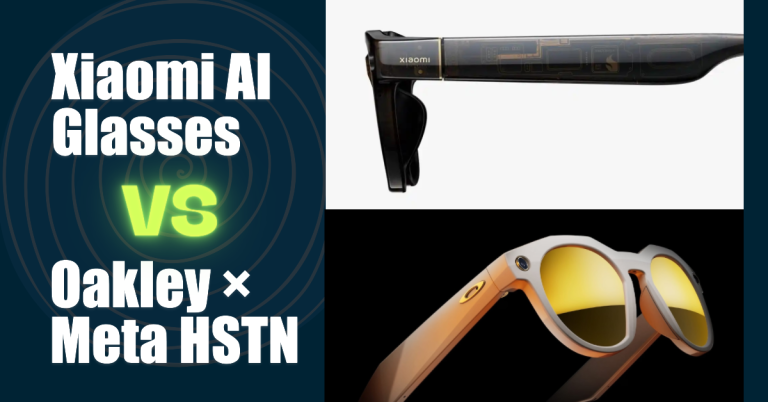When selecting photochromic lenses, understanding the underlying principles, different types, and their respective pros and cons is essential for making an informed decision. Whether you need lenses that quickly adapt to changing light conditions or ones that maintain consistent tint across varying prescriptions, this guide offers a comprehensive overview.
Learn how base photochromic lenses and coated photochromic lenses differ, and discover which type best suits your vision needs, lifestyle, and environmental demands.
Photochromic Lenses Meaning
Photochromic lenses react to ultraviolet (UV) light, thanks to microcrystals of silver halide and copper oxide embedded within. Under strong light, these microcrystals darken the lens, and when the light diminishes, the lens returns to its lighter state.
The following is a brief summary of the principles and categories of photochromic lenses, and the advantages and disadvantages of the two categories:
Base Material Photochromic Lenses
How It Works: Photochromic refers to the discoloration in the lens substrate (which can be understood as the lens material itself). Substrate photochromic refers to the chemical reaction of silver halide and copper oxide added to the substrate under light.
Advantages:
- Cost-effective: These lenses are generally more affordable compared to coated options.
- Wide color range: They offer a broad spectrum of colors for customization.
- High heat resistance: The material is durable and can withstand higher temperatures without compromising functionality.
Disadvantages:
- Slower transition: The color change process is slower, making it less ideal for dynamic environments.
- Uneven color distribution: Particularly in high-prescription lenses where thickness varies, the edges and center may darken unevenly.
- Limited refractive indices: The product lines mainly cater to 1.56 and 1.60 refractive indices, restricting choices for customers needing other specifications.
Coated Photochromic Lenses :
How It Works: These lenses rely on a specialized photochromic coating applied to the surface, which reacts to UV light exposure. Unlike base material lenses, the discoloration effect occurs uniformly across the lens surface, providing a more consistent appearance.
Advantages:
- Rapid transition: Coated lenses change color quickly, adapting to light conditions almost instantly.
- Uniform color: The coating ensures an even distribution of color, regardless of lens thickness or prescription strength.
- Versatile applications: These lenses work across various lens types, including progressive, blue light-blocking, and lenses of different powers and materials.
Disadvantages:
- Higher cost: The advanced coating technology increases production costs, making these lenses more expensive.
- Durability concerns: The coating can scratch more easily, and at high temperatures, discoloration may occur prematurely or the lens performance may degrade over time.
- Shorter discoloration lifespan: The coating may wear out faster compared to base material lenses, requiring replacement sooner.
Considerations and Recommendations
When choosing photochromic lenses, the decision between base material and coated lenses often comes down to personal preference and specific needs:
- Base Material Lenses: Suitable for those seeking a cost-effective solution with high heat resistance and a broad range of colors, albeit with a slower color change and potential for color variation.
- Coated Lenses: Ideal for users who prioritize rapid and consistent color change, regardless of lens prescription, and are willing to invest in higher-cost lenses.
For consumers with low to moderate prescriptions who value affordability and prioritize fast color-changing efficiency, base photochromic lenses are an excellent choice.
On the other hand, for individuals with higher prescriptions or specialized functional needs, coated photochromic lenses provide greater versatility. These lenses cater to specific requirements such as blue light blocking, progressive polarization, or high refractive indices like 1.67 or 1.71.
Thanks to advancements in photochromic technology, the performance gap between base and coated lenses has significantly narrowed. As a result, choosing the right lens ultimately comes down to your unique visual needs, lifestyle preferences, and aesthetic goals. Whether you seek simplicity and cost-effectiveness or specialized functionality and precision, there’s a photochromic lens to suit your requirements.





